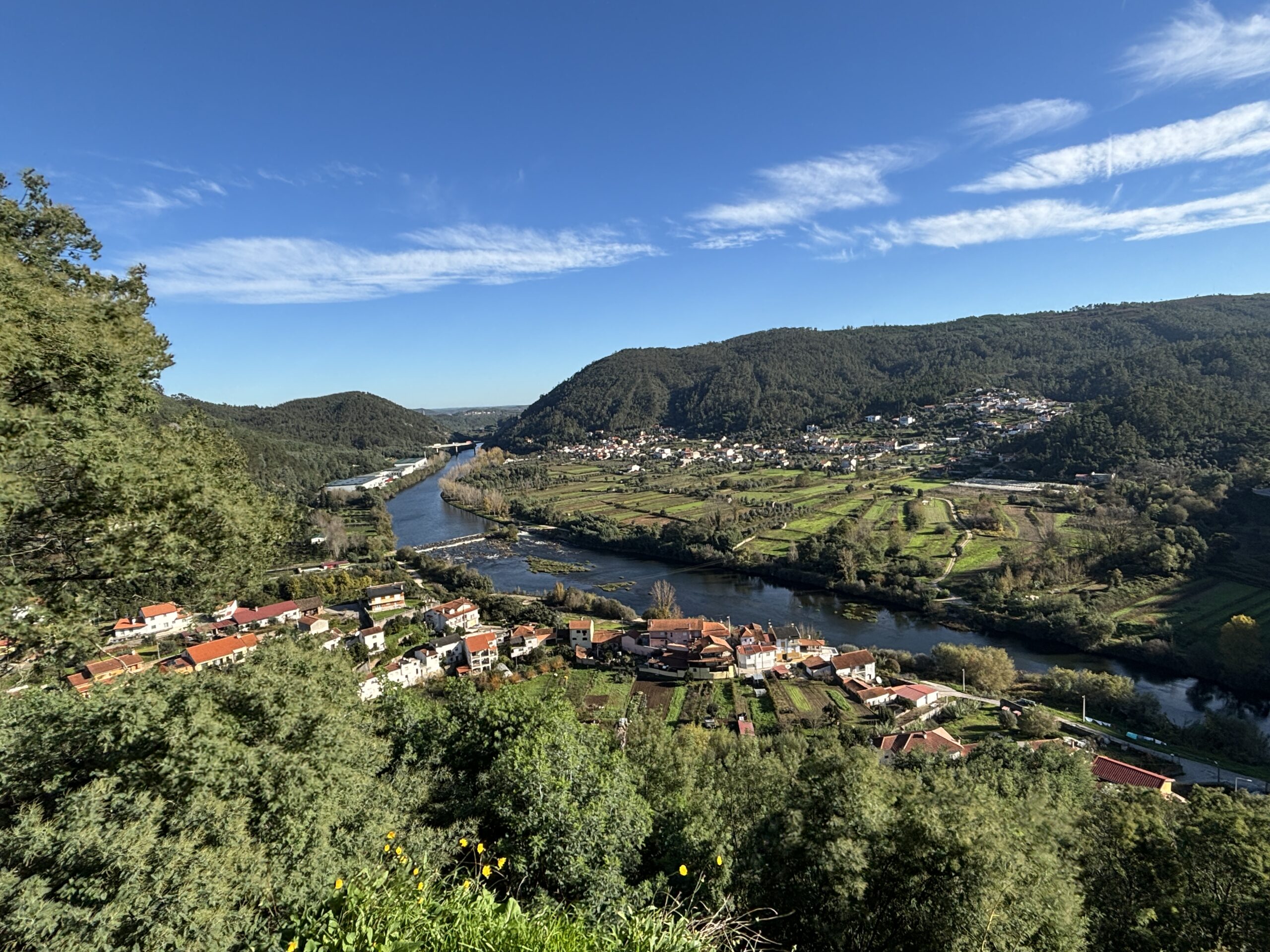About halfway through the Mondego River’s journey through the green hills of Portugal, it crosses Penacova, a small, picturesque town in the middle of the country that has struggled in recent years with a dwindling population and economic hardships.
Pratt Institute faculty have been visiting Penacova over the past several months for a new partnership with the University of Coimbra in which students and faculty from both schools will imagine creative solutions to questions that have global resonance such as how to preserve traditions amid technological change, and how to think about the ways that rural and urban areas differ in their response to the climate crisis.
The international collaboration will culminate in the (À D)eriv(A) Architecture, Design, and Arts Festival along the Mondego River in July. The name, À Dériva, comes from the philosopher Guy Debord’s concept of dérive, which refers to the experience of exploring a place with an open mind to see things anew. Teams from both schools will join local residents in practicing dérive to envision fresh possibilities for their homeland, drawing on centuries of tradition as they look toward the future. The festival will include a series of events and exhibitions that propose these ideas for Penacova and nearby communities.
The overall initiative is supported by seed funding from the Luso-American Development Foundation, an organization that “aims to pave the way for Portugal’s scientific, academic, and artistic potential,” and has drawn support from a broad coalition of partners, including Corticeira Amorim, the Intermunicipal Community of the Center Region (CIM-RC), AnoZero: Coimbra Biennial of Contemporary Art, the Centre of Architectural Studies from Territory to Design (CEARQ-TD), and the Municipality of Penacova itself—all united in their commitment to this bold experiment in cross-cultural innovation.
The project was developed over the past two years by Maria José Soares, director of education abroad and international partnerships in the Office of the Provost.
“The goal is to create a living cultural laboratory with the municipality of Penacova and additional partners to harness the knowledge and practices of Pratt’s faculty and students in a way that not only respects the local culture and artisans but also uses them as the catalyst for their innovative solutions,” Soares said. “This interdisciplinary project offers students a unique opportunity to collaborate across disciplines and cultures. By engaging with the community of Penacova through real-world interventions, students gain fresh insights into economic, climate, and cultural challenges while fostering dialogue and amplifying local perspectives.”


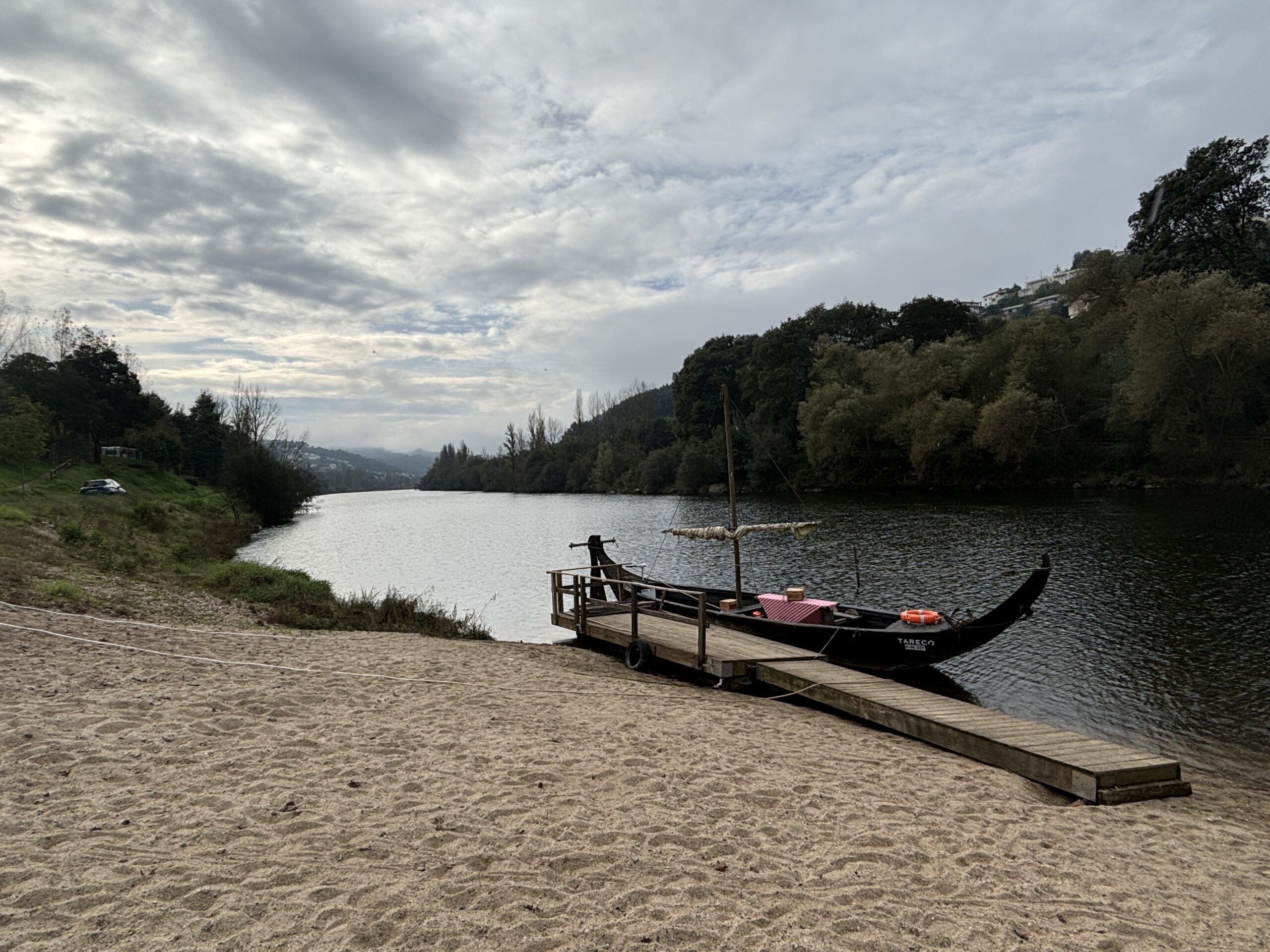
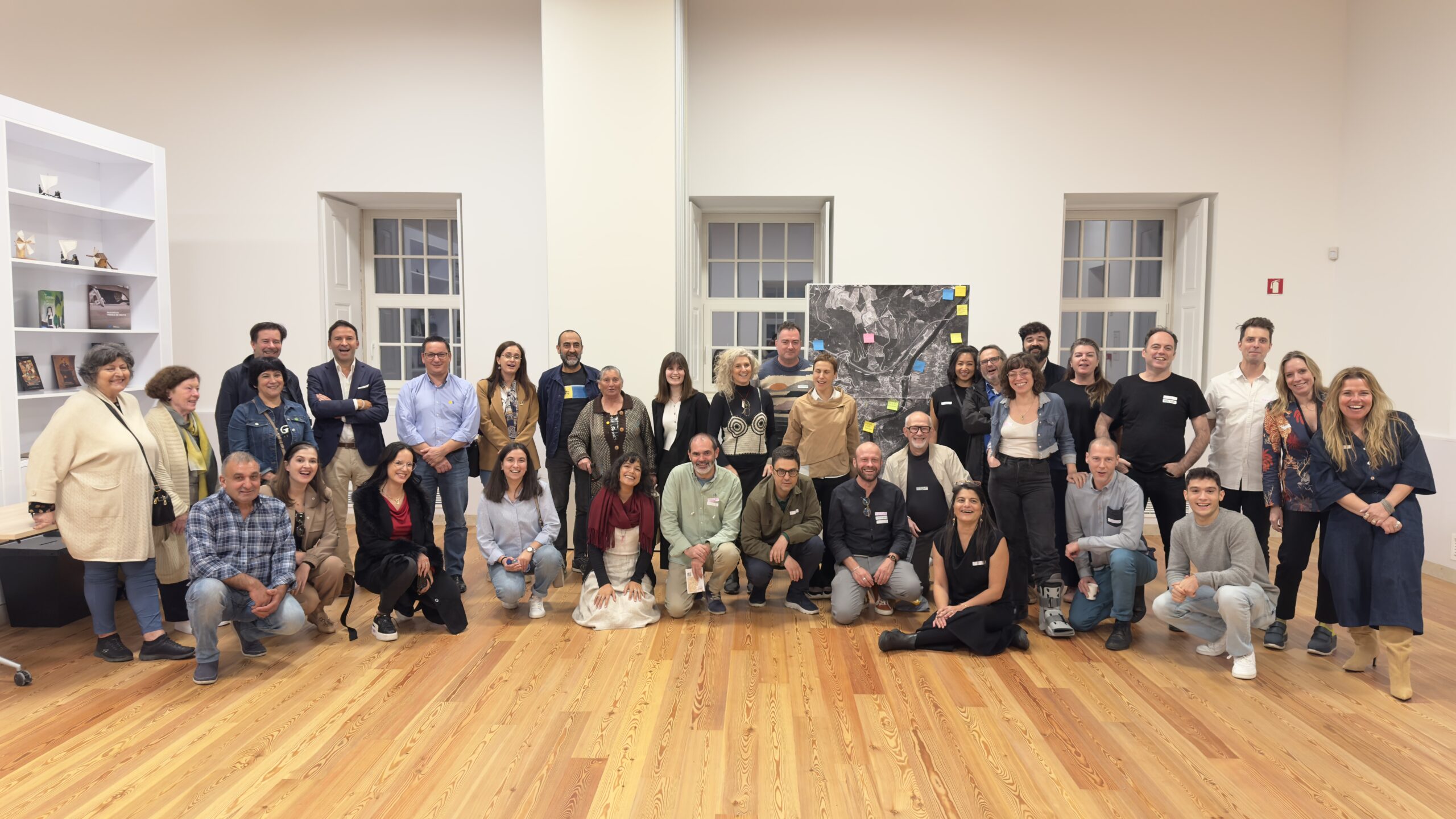
Fresh Perspectives
Tourism, agriculture, and forestry are three of the primary industries in Penacova, reflecting the town’s stewardship of and dependence on the land. For young people, however, the career prospects of a rural area can seem small in comparison to city centers, a dynamic that has led to “brain drain” throughout Portugal. Among other questions, the partnership will ask, how can Penacova reverse this migration?
Students and faculty from both Pratt and the University of Coimbra have been working together in areas such as landscape architecture, industrial design, fine arts, and K-12 education to develop prototypes and proposals for a revitalized Penacova. Over the spring semester, teams will engage in idea competitions, workshops, artistic residencies, training courses, online learning, and short-term studios toward this larger goal.
During spring break, 16 Pratt students and three faculty members will travel to Portugal to see the area, meet the people, and visit the University of Coimbra, which was founded in 1290 and is one of only seven universities on UNESCO’s list of World Heritage Sites. In April, six design and architecture students and four professors from the University of Coimbra will come to Pratt’s Brooklyn campus for a week to visit studios and labs, participate in reviews, and interact with the community.
Engaging with the community and learning their stories is key to the work being done. Richard Sarrach, executive director of Productions Systems, Technology, and adjunct associate professor – CCE of undergraduate architecture, is leading the storytelling component to document anecdotes, historical information, and local beliefs that will function as a touchstone for students as they think about what the community wants.
“We heard stories told by older women about their time in the world, their plights, and they sang to us,” said Analia Segal, adjunct professor – CCE of fine arts. “They had so much knowledge and so many wonderful things to say about old traditions for this storytelling piece. These are stories that would have gone unnoticed, that would have never been told.”
Segal and other Pratt faculty have taken trips to the region to meet with their academic peers and the people of Penacova. A town hall held last November helped faculty to better understand local history and what people envision for their future.
“During discussions, we learned of a small, old, and beloved park called Parque Verde,” said Constantin Boym, professor of industrial design. “It’s been neglected for a while, it’s dilapidated, and the citizens are not excited about this. We’re thinking of ways to upgrade it.”
Boym’s project calls the Pratt Research Yard its base. A mix of undergraduate and graduate research assistants are working in an agency-like atmosphere to develop ideas for transforming Parque Verde, turning it into a hub of outdoor activities for town residents of different ages.
Sarrach is also teaching a design/build, architecture studio in coordination with Olivia Vien, adjunct associate professor of graduate architecture, landscape architecture, and urban design (GALAUD), and Joe Vidich, visiting assistant professor of GALAUD. Fourth-year undergraduate and third-year graduate students are designing and building structures to meet community infrastructure needs using local materials like cork, while gaining insights about Portuguese life from students at the University of Coimbra through online meetings and in-person visits.
“These two cohorts were chosen because of their skill sets and maturity,” said Stephen Slaughter, chair of undergraduate architecture. “We think they will work well together, formally and spatially memorializing these stories from the citizens through architectural installations. The students will be learning through making, translating different techniques and technologies for building in a new space and culture.”
Slaughter, alongside Alexandra Barker, interim chair of GALAUD, is providing support and oversight for the architecture project. Barker will be instrumental in the site selection and build phase of the project in preparation for the festival in July.
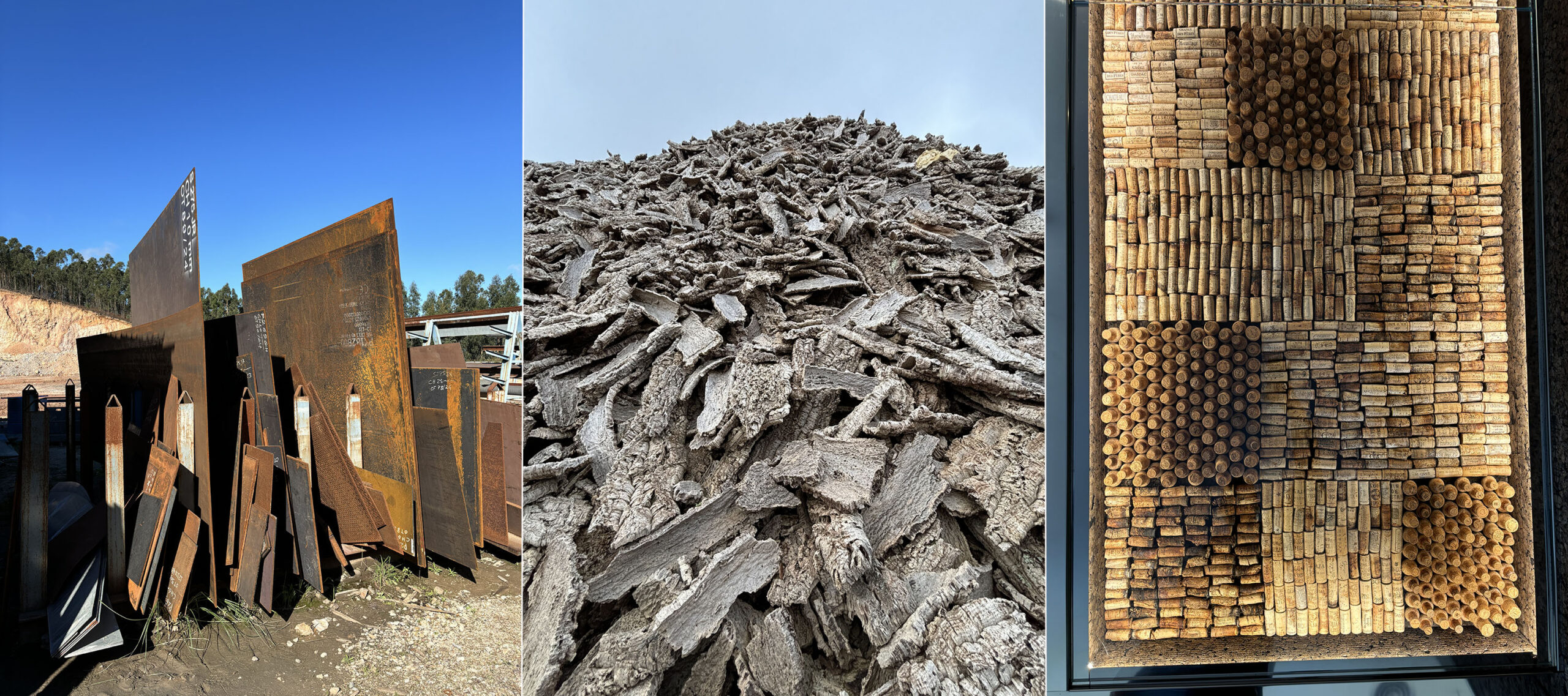
Segal was struck by the way people use communal stone ovens along the river to bake bread for their voyages on the Mondego. She’s honoring this tradition through an interdisciplinary project inspired by the Portuguese poet Fernando Pessoa, who famously said that he simply needs “a nearby field, a ray of sunlight, a little bit of calm along with a bit of bread,” to live happily.
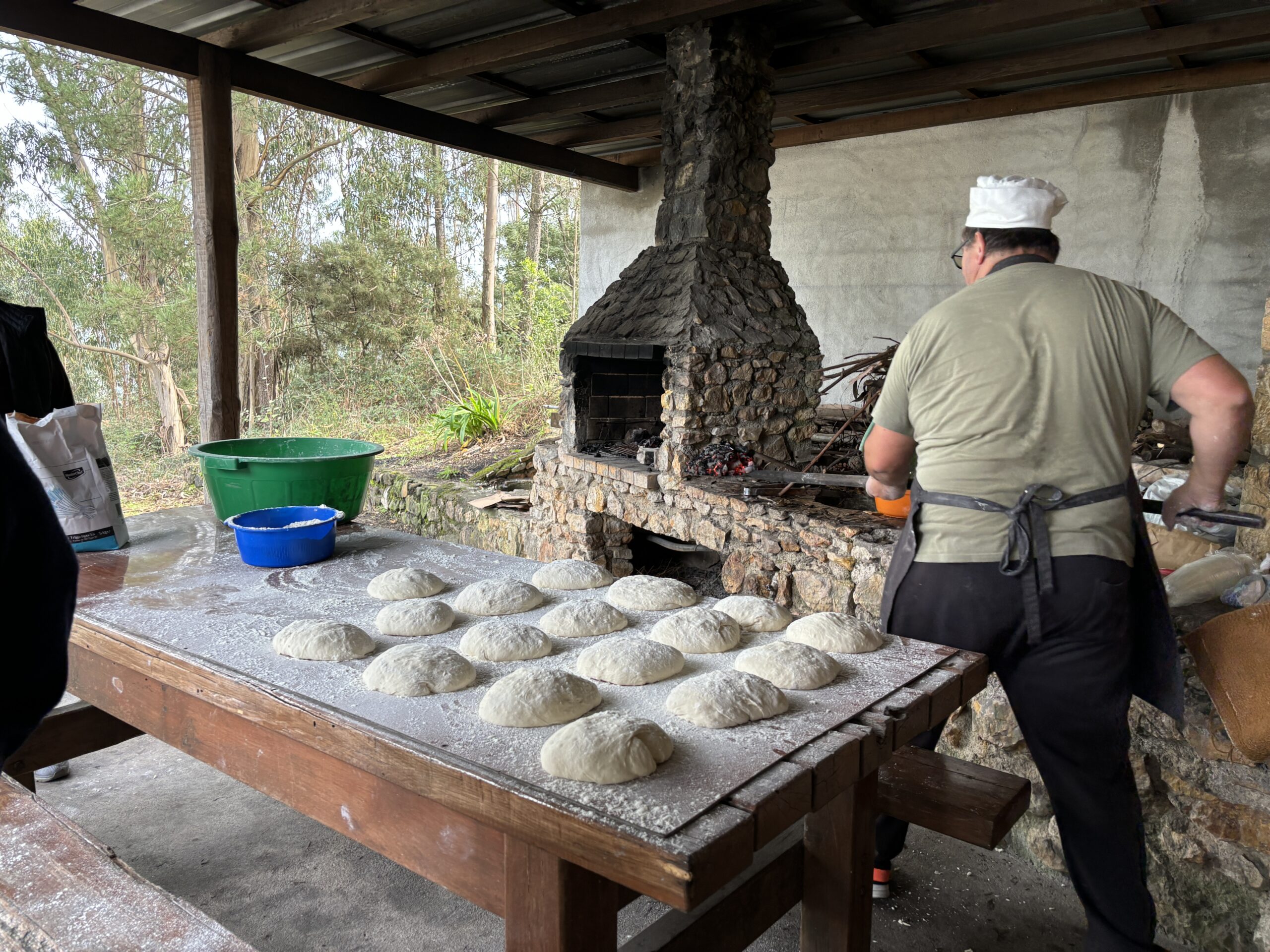
Kelly Oh, associate professor of art and design education, is collaborating with local K-12 educators in Penacova to learn from their methodologies and from their students, and to share Pratt’s pedagogy with them. Oh has visited the school twice and will return in March to participate in a project that will archive conversations between teachers, students, and administrators in the Penacova school system.
The partnership between Pratt and the University of Coimbra is capacious, with room for more collaborations to emerge as the two schools discuss, experiment on, and build out ideas for a thriving community in Penacova and beyond. As the spring semester progresses, students and faculty will begin preparing for the public exhibitions, multimedia installations, and open debates that will bring the inaugural (À D)eriv(A) festival to life, weaving together the threads of tradition and innovation, of local wisdom and global perspectives, to create something entirely new along the banks of the ancient Mondego.
